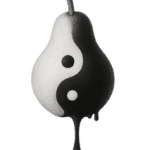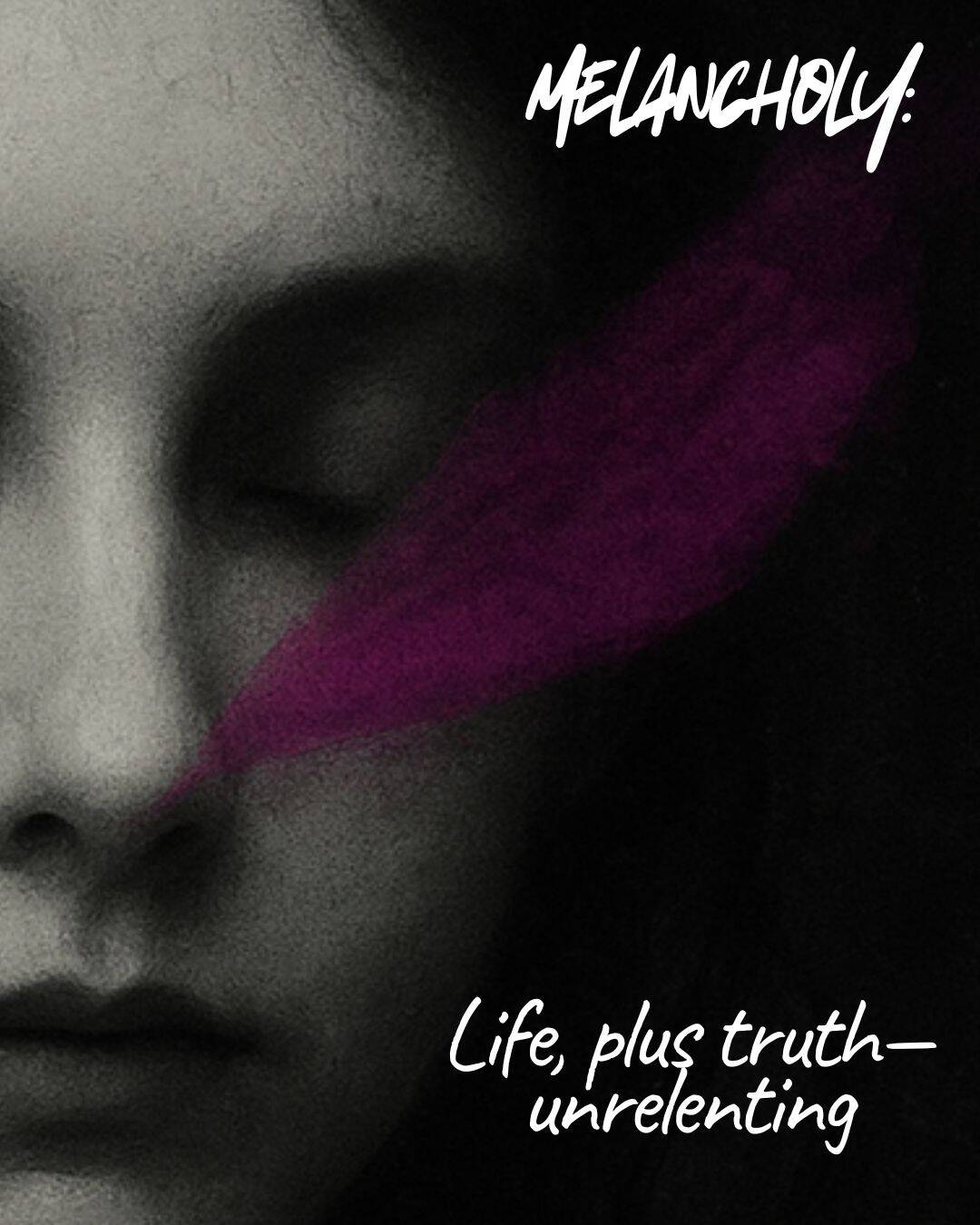Read time 2 minutes. The Art of Melancholy is a stand alone article in our ongoing Goth Zen series.
We chase light.
We idealize positivity as if it is synonymous with living.
Meanwhile, every tradition whispers of balance, equality, and the middle way.
There’s a feeling that washes in when summer turns to fall—
a sense of satisfaction, of being alive. Not unlike joy. Yet nothing like joy either.
Joy—
intuitively we know it cannot last forever. Nor would we want it to.
It would be exhausting. (As would despair.)
But melancholy’s different. We ease into melancholy and feel as if we could remain there forever—because melancholy is what happens when awareness touches impermanence and doesn’t flinch.
Melancholy isn’t the opposite of joy.
Melancholy isn’t the opposite of despair.
Melancholy is a witch’s potion.
It’s joy, with a dash of tragedy, and a bit of something more.
Eyes wide open. Life in full. Reverence.
Melancholy is life plus truth, unrelenting.
And so the door opens to Goth Zen.
Classic goth stops at the heartbreak and builds a home there.
Pop spirituality avoids it altogether, chasing brightness like a nightlight.
Goth Zen says yes to both—it listens to the silence under the noise.
It lives in the minor chords of Elliott Smith, in Nick Drake’s quiet confessions, in The Smiths’ wry self-awareness, and The Cure’s undone intensity—
songs that don’t drag you down but make you feel seen.
We treat happiness like evidence of being alive—
and sadness as something to be fixed.
An autumn-red leaf trembles on the branch.
Brighter than bloom.
Hovering between holding on and letting go.
Yet real balance isn’t about choosing sides;
it’s about holding contrasts until they stop arguing.
Goth Zen isn’t gloom worship—it’s lucid darkness.
Like a leaf that’s not dying but burning.
Defiant. Radiant. Temporary.
It’s where self-inquiry wears eyeliner.
Where stillness has a soundtrack.
Death as an accessory.
Living disguised as loss.
ExquisiteDecay
BeautyUnfolding


Karma’s a bitch? Well that can’t be good karma.


Leave a Reply